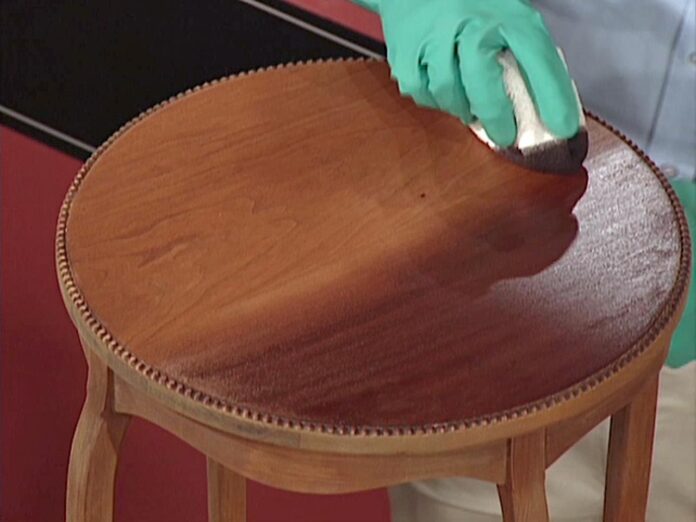Today we telling you about staining. Staining is the one process which makes your wood outstanding. Staining your wood is a matter of preference, and sometimes you don’t have to. Sometimes a project can look much better if it maintains the natural look of wood. So you can get away with applying a clear finish. When needed, wood staining is the best way to provide a vibrant look to your wood project. Staining is also useful for those times when you want to restore an old piece of furniture to its former glory and beauty. How to paint wooden furnishings; however, you may be wondering which tint is the best. Did you think about how to stain the furniture and not do it wrong? We are going to talk about all these topics and much more.
Wood Stain:
Wood staining is a process in which you enhance the colour of the wood to bring out the appearance of the natural grain and its beauty. Staining is often done with tinted coatings that are similar to paint. Although the term is used interchangeably with sealer and finish, that is not entirely true. The wood stain should not be confused with paint or finish. While some finishes provide a one-step staining and finishing solution, we’ll discuss that later. Traditionally, the finish is created to add protection to prevent wear and tear on the item and protect it from the elements if left outside. The finish also offers a shiny or “wet” look, which may be one of your preferences. Therefore, when you stain the wood, it changes its colour or tint while the wood finish gives it more protection and can enhance its appearance.
Types of Stain:
There are many types of staining. But we telling you here just three different types of staining here including water-based dyes, oil-based options, gel, and varnish-based versions. All four have a purpose and a place, depending on a few things. Before you can decide what type of stain to use, you need to know the kind of wood you are working with, the condition of the wood, the project you want to do, and where it will be.
Water Based Stain:
If you used water-based stain, it’s takes less time. It is not going to have any smoke, and you can get a richer color by staining the wood. Wood colors can last longer, and the product is not flammable. You will also find that cleaning is easier if you make a mess. It is resistant to mould and mildew and can act as a wood conditioner. Those who want an inexpensive option may like Minwax. Otherwise, get a Seal-Once branded all-in-one.
Oil Based Stain:
Oil-based stains typically have a longer drying time but produce a smooth finish. Oil can penetrate the wood more than a water-based version, so the seal is more vital. With oil-based stains, you have less maintenance to deal with, and they keep up in harsh conditions. A great product is from the Cabot brand, but it is a bit pricey. If you are on a budget, the one in Varathane is suitable.
Gel Stain:
Gel stain are so week so, you cannot used it as an option of water based stain. The consistency is like that of mayonnaise. Although it is slightly similar to wood-based paint, it can produce transparent colors. Additionally, gel stains offer a thickening agent that makes them better than oil-based stains. The only thing to think about is that the gel stain sits on the wood and does not absorb into the pores. Therefore, it works well for “cheesy” woods that do not adapt well to traditional staining. For example, it is possible to use them on fences and kitchen cabinets. You may also like them for birch, pine and cherry wood. Minwax is an excellent option for those on a budget, although General Finishes offers a variety of colors. However, there is a concern about gel stains. They accumulate at any low point in the wood. If you have corners, cracks, grooves, or crevices, you should be careful to remove any excess stain with a clean cloth. Otherwise, you have an uneven result.




















